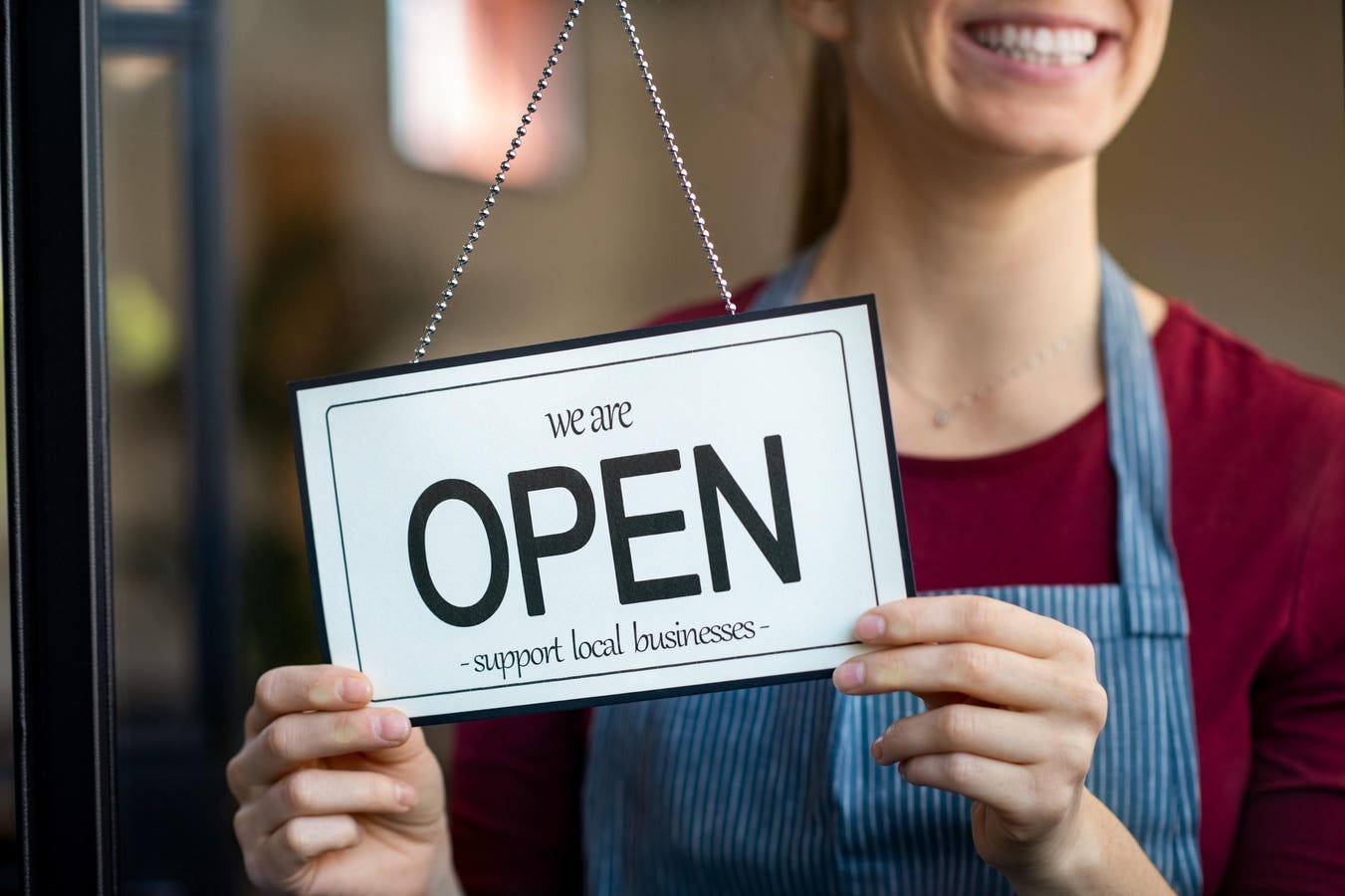Americans love their local, independent stores so much that they are willing to spend $150 more each month to support them, according to a survey released today by online wholesale marketplace Faire.
The survey found that millennial and Gen Z shoppers are the strongest supporters of neighborhood stores, with close to 85% of them saying they shop those stores at least several times a month, and more than one-fourth saying they shop local several times a week.
Faire, which commissioned the survey, has been banking on the strength of small retail since its launch in 2017 as a platform the connects brands, artisans, and small manufacturers with local shops.
Faire gives its network of local retailers some of the benefits previously enjoyed only by mass merchants, such as net 60 payment terms, free returns on opening orders, and access to startup capital. For brands, it provides data that helps them connect with local stores where their products will be a good fit.
Faire was born when CEO Max Rhodes and his co-founders were trying to sell a specialty umbrella, and discovered that their product sold better at independent retailers than it did at some big name department stores. Faire was well-positioned for the surge in support for local stores during the pandemic, and it has a valuation of over $12 billion.
The survey findings, Rhodes said in an interview, confirm “the beliefs that we’ve built the business around.”
“Independent retailers are more in demand now than ever,” Rhodes said. “They just keep surprising people in terms of how resilient they are and how durable the demand is for Main Street retail.”
Record Small Business Growth
In 2023, record number of small businesses were created, according to data from Yelp. More than 3,000 new shopping and retail businesses were launched each month in 2023, according to Yelp statistics.
“A lot of people thought that the pandemic was going to finally be the death knell [for local retail] but a majority of Americans, 75%, said that the pandemic made them appreciate their local shops more than they did before 2020,” Rhodes said. “I think it was a reminder of how important local shops are to the character and vibrancy of communities.”
In addition to surveying consumers, Faire also conducted research with independent retailers to learn how they are growing their businesses. Close to 90% said they are focused on personalized customer service and curated product selections. A majority said they also use in-store events, community engagement, and partnerships with other local businesses to reach new customers.
Calli Swofford, owner of Miller Lane Mercantile in the Berkeley neighborhood of Denver, said in an interview that in-store events have been a key customer engagement tool for her home decor, housewares, and gift store.
In-Person Experiences Popular
She recently moved from her original storefront to a larger location with more space for community events. Over the past year she has hosted several pottery-making workshops, a galette-making workshop, and a cookie-decorating workshop.
The pottery workshops typically sell out within 24 hours, with waiting lists to participate, Swofford said.
Swofford launched Miller Lane Mercantile in 2019 as a brick-an-mortar physical store at a time when everyone was advising her that online was the only way to sell. She said she wanted to cultivate in-person experiences in a physical store, before adding ecommerce sales, which she did a year after opening the store.
Swofford’s first job growing up was working in a surf shop in East Hampton, a popular New York vacation spot. “I just fell in love with that small shop community environment,” she said. “It ignited my love for brick and mortar shops and that community that’s built around these types of shops in the neighborhood.”
A Curated Competitive Advantage
Swofford believes an independent retailer’s greatest competitive strength against online and big box competition is the ability to offer a highly curated selection of products the shopper might not see elsewhere, and to group products in ways that show consumers how they can be used.
“People walk in and they see a vignette of items together – multiple brands where they wouldn’t have seen those items together elsewhere. That’s how we can compete,” she said.
Read the full article here





